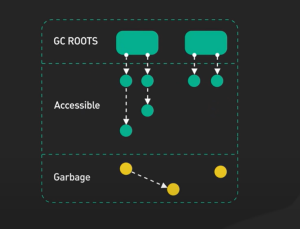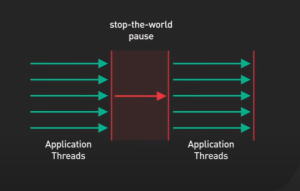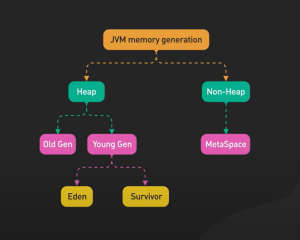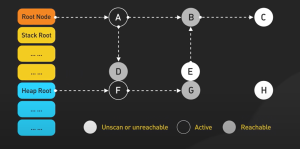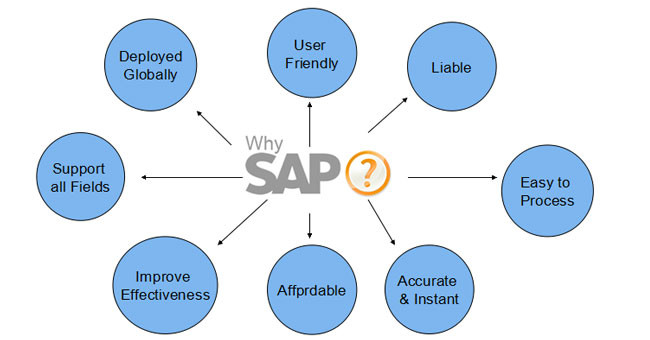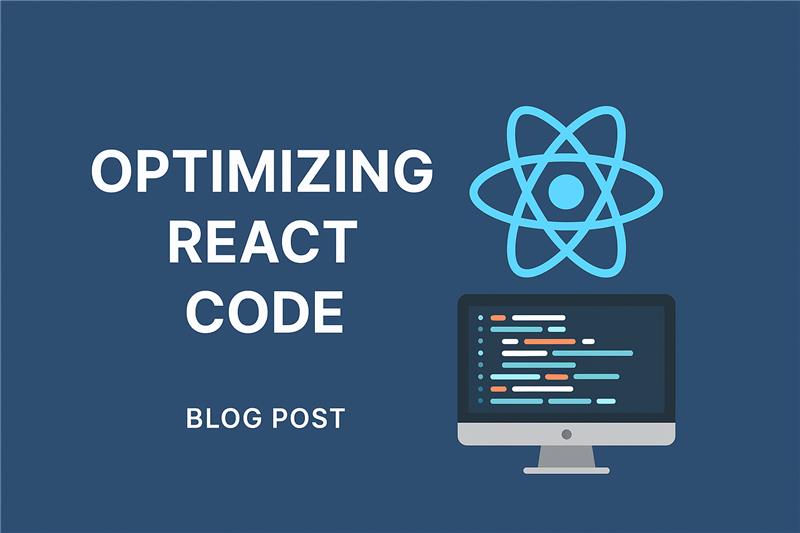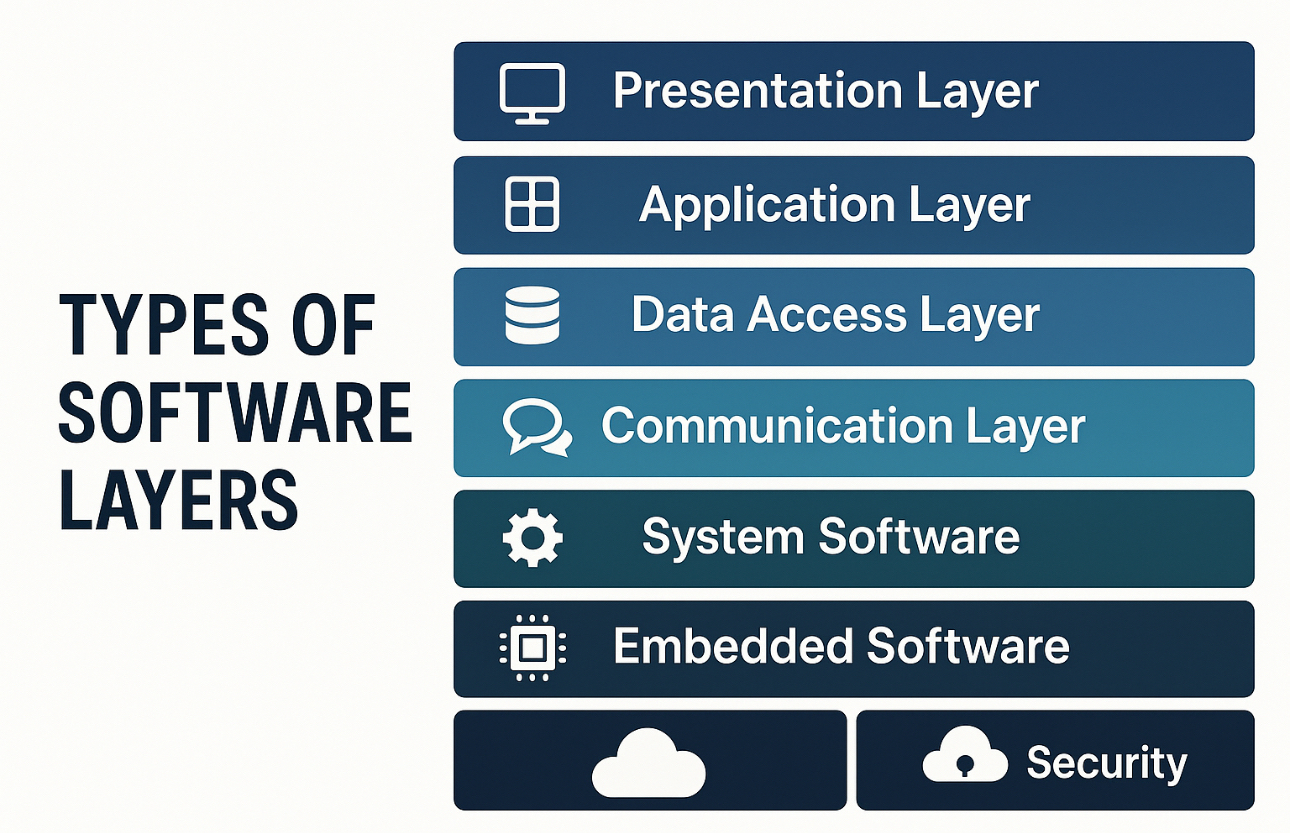
In the world of software development, developers juggle logic, user experience, and performance. One of the most critical yet often invisible tasks they manage is memory. Poor memory management can lead to bloated, slow applications, frustrating crashes, and critical security vulnerabilities. In the early days of programming, developers were tasked with manually allocating and freeing every byte of memory, a tedious and dangerously error-prone process.
Modern programming languages have a powerful solution: Garbage Collection (GC). This automated process acts as a silent custodian for your application's memory, ensuring it runs efficiently and reliably. Let's pull back the curtain and explore how this fundamental technology works, its various strategies, and the trade-offs it presents.
What is Garbage?
To understand garbage collection, we first need to define "garbage." In programming, garbage is any piece of memory, an object, a data structure, a variable, that is no longer accessible by the application. If the program has no way to reach it, it cannot be used, and its memory is being wasted.
The garbage collector's entire job revolves around answering one question: Is this object still reachable?
To answer this, every program has a set of GC Roots. These are the starting points from which the collector begins its search. Think of them as the main entry points to your application's data. GC Roots typically include:
- Global Variables: Variables accessible from anywhere in the program.
- The Call Stack: Local variables and parameters in currently executing functions.
- Active CPU Registers: Data the processor is currently working with.
Starting from these roots, the garbage collector follows every reference, creating a map of all reachable objects. Any object that can be traced back to a GC Root is considered "live." Everything else is "garbage," and its memory can be safely reclaimed.
The Foundational Algorithm: Mark and Sweep
The most classic garbage collection strategy is the Mark and Sweep algorithm. It’s a straightforward, two-phase process:
- The Mark Phase: The collector starts at the GC Roots and traverses every object reference. As it visits each reachable object, it "marks" it as live. Imagine a cartographer mapping out all connected roads from a capital city.
- The Sweep Phase: Once the marking is complete, the collector scans the entire memory heap from start to finish. It reclaims the memory occupied by any object that was not marked. These unmarked objects are the garbage. The reclaimed memory is then added to a list of free memory blocks, ready for future allocations.
While effective, the traditional Mark and Sweep algorithm has a major drawback: it requires a "stop-the-world" pause. The entire application must be frozen while the marking and sweeping occurs. For a large application with a vast amount of memory, this pause can last from milliseconds to several seconds, leading to a choppy user experience and unacceptable latency in real-time systems.
Getting Smarter: Generational Garbage Collection
Observing program behavior revealed a crucial insight known as the Weak Generational Hypothesis: most objects die young. In a typical application, many objects are created for temporary tasks and are quickly discarded.
Generational Garbage Collection leverages this observation by dividing the memory heap into separate regions or "generations." This allows the collector to focus its efforts where garbage is most likely to be found. A common model, famously used by the Java Virtual Machine (JVM), looks like this:
- Young Generation: This is where all new objects are born, specifically in a part called the Eden Space. Because most objects die young, this generation is collected frequently in fast, minor GC cycles. Objects that survive a few GC cycles are promoted out of Eden and into a Survivor Space.
- Old Generation (or Tenured Generation): Objects that prove their longevity by surviving multiple minor GCs in the Young Generation are eventually promoted to the Old Generation. This area holds long-lived objects. Collection here is much less frequent but more thorough, known as a major GC.
By collecting the Young Generation frequently and the Old Generation rarely, the system minimizes the overall time spent in GC pauses. Languages like .NET and JavaScript's V8 engine use similar, though slightly different, generational models.
Reducing the Freeze: Concurrent and Tri-Color Marking
For modern applications where responsiveness is paramount, even the short pauses of a generational GC can be too long. This led to the development of concurrent and incremental garbage collectors, which do their work alongside the running application, minimizing those "stop-the-world" moments.
A key technique enabling this is the Tri-Color Marking Algorithm. Instead of a simple binary "marked" or "unmarked" state, objects are conceptually placed into one of three sets:
- White Set: These objects are candidates for collection. At the start, all objects are white.
- Gray Set: These objects are proven to be live, but their children (the objects they reference) have not yet been scanned. They represent the "to-do" list for the collector.
- Black Set: These objects are live, and all of their children have been fully scanned. They are "done."
The process works incrementally. The collector starts by moving objects reachable from the GC Roots from the white set to the gray set. Then, while the application runs, it can incrementally pick an object from the gray set, scan its references (moving any newly discovered white objects to the gray set), and finally move the processed object to the black set. This breaks the long "mark" phase into tiny, manageable chunks, dramatically reducing pause times.
GC in the Wild: A Tour of Popular Languages
Garbage collection is not a one-size-fits-all solution. Different languages implement it in ways tailored to their design philosophies.
- Java: The JVM is famous for its highly tunable GC ecosystem. It offers a range of collectors, from the throughput-focused Parallel GC to the low-latency G1 (Garbage-First) and ZGC collectors. This allows developers to choose the best balance of performance for applications ranging from batch processing systems to real-time financial services.
- Python: Python uses a combination of two techniques. Its primary mechanism is Reference Counting, where every object keeps a count of how many variables refer to it. When the count drops to zero, its memory is immediately freed. This is very efficient but cannot handle circular references (e.g., when object A refers to B, and B refers back to A). To solve this, Python runs a supplemental cyclic garbage collector that periodically uses a mark-and-sweep approach to find and clean up these cycles.
- Go (Golang): Designed for high-concurrency environments, Go uses a concurrent mark-and-sweep collector based on the tri-color algorithm. It is engineered from the ground up to achieve extremely low pause times, making it ideal for network services and other applications where responsiveness is critical.
The Inevitable Trade-Offs
Despite its immense benefits, garbage collection is not free. It comes with its own set of challenges:
- Performance Overhead: GC consumes CPU cycles that could otherwise be used by your application. The more complex the collector, the higher the potential overhead.
- Memory Fragmentation: Some collectors can leave memory fragmented into small, unusable chunks after a collection cycle. This can make it difficult to allocate large objects later. More advanced collectors perform compaction, which involves moving live objects together to create large, contiguous blocks of free memory.
- Unpredictability: While concurrent collectors minimize pauses, they don't eliminate them entirely. This loss of deterministic behavior can be a problem for hard real-time systems where specific deadlines must be met.
Conclusion: A Foundation for Modern Software
Garbage collection is a cornerstone of modern software development. It automates a complex, error-prone task, freeing developers to focus on building features and solving problems. By abstracting away manual memory management, it has made programming safer, more productive, and accessible to a wider audience.
As applications continue to grow in scale and complexity, the science of garbage collection will continue to evolve. By understanding its core principles, developers can write more efficient code, better diagnose performance issues, and truly appreciate the silent, tireless work of the memory custodian running behind the scenes.
Post a comment Cancel reply
Related Posts
Empowering Business Analysts: How AI is Revolutionizing Agile Practices
In today's fast-paced digital landscape, Agile methodologies are no longer optional— they're essential for organizations…
What is SAP? How does it work?
The full form of "SAP" is “Systems Applications and Products in Data Processing” which is…
Optimizing React Performance: An Advanced Guide for Scalable Applications
In today’s fast-paced digital ecosystem, software systems have become the backbone of every enterprise’s technological…
Types of Software Layers
In today’s fast-paced digital ecosystem, software systems have become the backbone of every enterprise’s technological…

